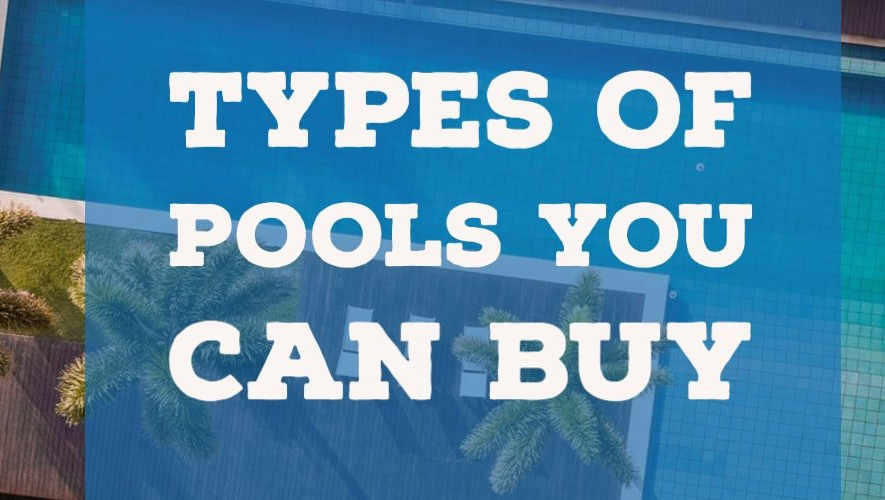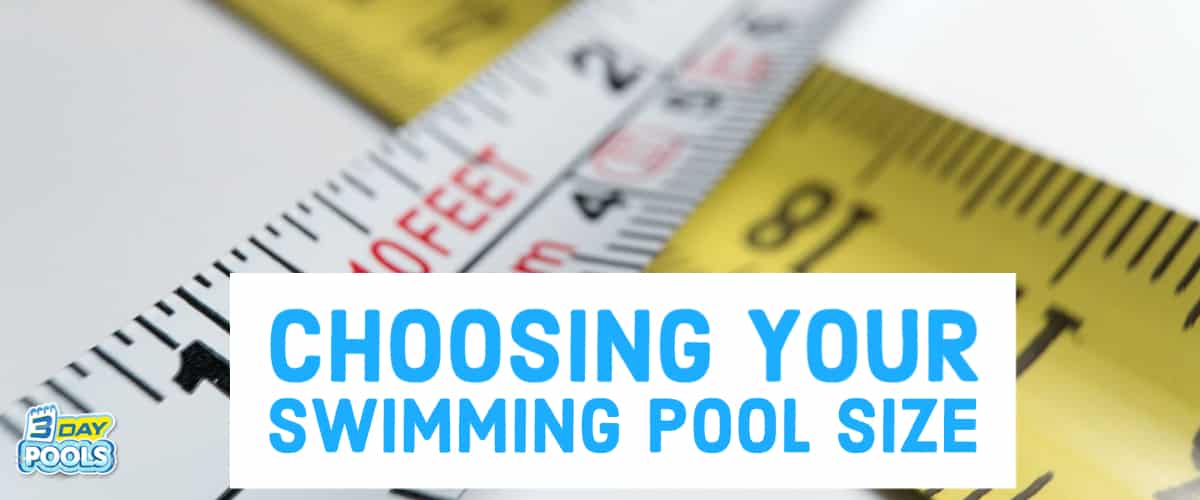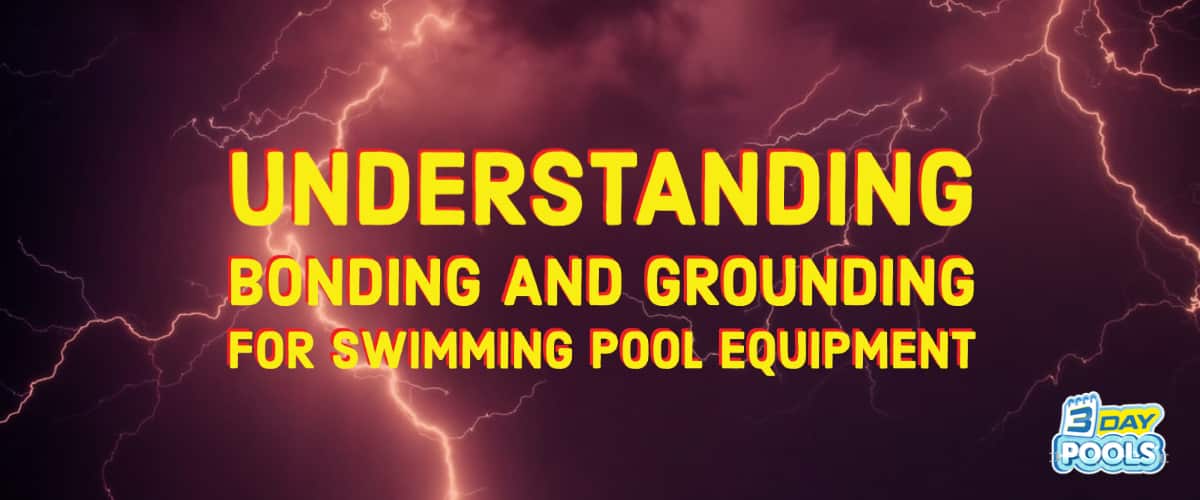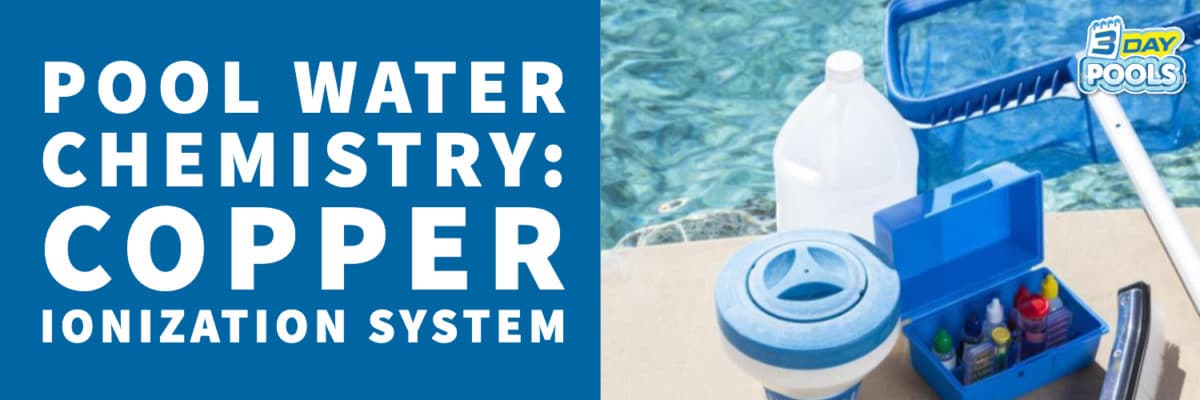416-268-4493

How To Clear Cloudy Swimming Pool Water
Costs, Installation and Basic Information
Vinyl liner pools are fairly common and chances are you’ve encountered one at someone’s house at some point. If you are considering getting one yourself, we’ll help you get informed on the fundamental points regarding vinyl liner pools. Here are some things to consider: installation, associated expenses, good and bad qualities of the pool and required parts.
Before you make any final decisions, we want you to know everything about vinyl liner pools and about your other options. Our goal is to make this information accessible and useful to people looking into getting a pool.
Parts of a Vinyl Liner Pool
A vinyl liner pool is comprised of several parts including: the vinyl liner itself, wall panels, the pool base, coping and steps.
Choosing a Vinyl Liner
When choosing a vinyl liner you should consider its properties and what kind of use it will get. The thickness of the liner can determine its durability, the cost and what kind of maintenance will be needed.
The thicker the liner the more expensive it is and more difficult to manage. The reward of this, however, is they are more durable and resist scratches and tears better. Although they cost more, we recommend a thicker liner because it may help prevent extra repairs and maintenance long term. Liners that are thinner can possibly rip and get holes easier, but they are cheaper and easier to install.
For in-ground, backyard pools the thickness of the liner is under a millimeter. Measured in mils, one mil equating to 1/1000 of an inch, they vary in thickness between 20-30 mils. The gauge, an alternate unit of measurement, is also used by some companies.
Whether the liner is embossed or not also determines the cost. A cheaper choice is a 20 mil embossed liner. An embossed liner means its thickness will not be uniform throughout. For example, a 25 mils embossed liner will have a thickness up to 25 mils, but in parts it will be thinner. This variation in thickness contributes to the liner feeling softer. Liners that are non-embossed are level and therefore don’t have the same malleable feel.
The Panels for the Walls
The walls of a vinyl liner pool, underneath the liner, are comprised of metal or plastic panels. Polymer, steel and aluminum are frequently used materials for wall panels. The height of the panels matches with the height of the pool’s shallow end which is 42 inches. The panels are used on all the walls with the exception of the steps.
Base of the Pool
The pool base consists of a liner placed over grout or vermiculite. One of these materials is applied onto the earth to form the pool floor using a round-edged pool trowel. A liner is then installed over it.
Coping
Vinyl liner pools normally use C-channel white aluminum coping, which is the part that covers the corners of the pool at the junction of the pool wall and patio concrete. The term C-channel refers to the shape of the coping, meaning it’s a half circle. It runs along all the edges of the pool as a border and although the aluminum can be dyed various colours usually it is white.
Alternatively:
- You can install flat-mount coping simply to establish the vinyl liner in place. Other copings can be placed on top, such as decorative pavers.
- Another option is cantilevered coping, which is entirely concrete. It is poured into a mould to create the shape of the edge where the patio intersects with the pool. Most often, it is rounded.
Entry Exit Steps
When it comes to steps, you have several popular options: A ladder, white plastic steps and vinyl over steps.
You’ve most likely seen a metal ladder used for entering the pool. It is installed at the edge of the pool, starting above the water level and then going below.
The most popular option for vinyl liner pools are white plastic steps comprising of polymer. They are joined with the walls of the pool and take up extra space, extending out to form their own area beyond the original outline of the pool.
Alternatively, you can purchase a pre-manufactured liner for the pools steps. There are many varieties to choose from with vinyl over steps.
Approximate Expenses for a Vinyl Liner Pool
There are two types of expenses to consider before getting a vinyl liner pool. The first expense is your initial purchase of the pool. This includes installation, materials and what it takes to get the pool up and running for the first time.
After that you will have to consider maintenance expenses for the rest of the pool’s lifespan, including any necessary repairs and upkeep.
Initial Costs
Buying a vinyl liner pool costs about $30,000-$45,000 as the initial price. The price range is given due to varying factors that influence the cost from pool to pool.
Your expenses will depend on things like the shape, dimensions, its location, thickness of the liner, type of wall panels, steps and coping and any additional features. The materials used, whether it’s metal or plastic for the steps, natural stone or concrete for the coping, will determine the cost. Choosing a professional installation as opposed to doing it yourself will also have an impact.
Maintenance Costs
Replacing the vinyl liner is something that needs to be done every 5-9 years. This will cost $6,500 each time, including the price of materials, chemicals, labour and water.
Compared to concrete pools, vinyl liner pools are easier to clean and therefore require fewer chemicals for the water and less electricity for the filter. During 10 years you can expect to spend around $13,280 on these expenses.
Advantages and Disadvantages of a Vinyl Liner Pool
The Upside
What wins people over with vinyl liner pools is the fast installation, the variety of options for the shape, the option to install it yourself, lower upfront cost and the even texture of the liner surface.
Fast Installation
Construction of a vinyl liner pool is carried out over a 4-8 week period. This is significantly quicker than the 3-6 month building of a concrete pool, but still takes longer than the 3-6 weeks required for a fiberglass pool. It’s worth mentioning that with a fiberglass pool you can start swimming on the second day of construction.
Many Choices for the Pool’s Shape
Although the most popular option for a vinyl liner pool is rectangle shape, you still have the option to determine its dimensions and custom shape. This will increase the price but it will still be cheaper than for the same type of concrete or fiberglass pool.
Installing it yourself
You can have significant savings of up to $13,000 if you install a vinyl liner pool yourself. That being said it is considerably harder than hiring a professional and takes a lot of time. Something many DIY-ers opt for is doing the basic installation on their own and then hiring a professional to complete the more difficult tasks.
Before you start this project, be aware that by doing it yourself you run a higher risk of imprecision’s. If you have a custom shape it will also be almost unfeasible to cut the liner correctly to accommodate the free form design.
Minimal Initial Expenses
The low price of the initial payment is what draws a lot of people to vinyl liner pools. You will save over $10,000 compared to fiberglass pools.
Even Texture of the Liner
The smooth feel of a vinyl liner is a big plus for some people compared to the rough, textured surface of a concrete pool. You can get a polished surface on the concrete or get it tiled over, but these are additional expenses.
Read More About Vinyl Liner Pools:
The Downside of Vinyl Liner Pools
While a vinyl liner pool certainly requires less maintenance and is less expensive, there are some factors that dissuade people for getting one. For example, the white steps and coping are features that don’t appeal to some on an aesthetic level.
It can also be argued that a vinyl liner pool is not as durable, and the liner requires replacements. Furthermore, the liner warranty is hard to navigate. The metal walls of the pool don’t allow salt water systems and a vinyl liner pool is not the best options for high water table areas.
Questionable Durability
Besides needing replacements the vinyl liners run the risk of tears. Since they are pretty thin, ranging between 20-30 mils thick, sharp objects like your dog’s nails and debris from trees can puncture the liner. Occasionally, the liner can also get wrinkled. This isn’t a problem but it does require some time to smooth out. If the liner does rip the pool will need to be drained for repairs or replacements.
Getting a New Liner
A vinyl liner pool will need new liners every 5-9 years. As previously mentioned, it will be up to $4,500 for each liner. Even though the initial price of the pool may be low, if your liner tears frequently and replacements are needed often it can really add up over the years. A fiberglass pool may end up being less expensive in the long run.
Aesthetics
Some don’t like the look of plastic white steps and the white aluminum coping. You can, however, customize your vinyl liner pool to your taste and it can turn out very beautiful!
Vague Liner Warranty
The liner warranty should be read completely before requesting a liner replacement credit. Know that these warranties account only for liner’s seams – the areas where they are joined. The costs of water, labour and anything else is not covered by the warranty. Lastly, while you can expect to get credit within the first few years of a new liner it is unlikely you will get much after this period.
Incompatibility with Salt Water
Salt water won’t work with a vinyl liner pool that has metal wall panels due to corrosion. It is still possible to enjoy a vinyl liner pool with salt water if you get polymer panels on the walls.
Algae Is Still a Possibility
While algae growth is nowhere near the levels of a concrete pool, it is still possible in a vinyl liner pool. Corners, seams and areas with poor water circulation can harbour algae.
Learn more about Algae and Swimming Pools:
Vinyl Liner Pool Construction Steps
The time frame for vinyl liner pool construction is usually 4-8 weeks.
1.Digging Out the Pool
The initial step is to dig out the shape of the pool. Excavation takes up to 2 days, with the builders either doing the hole in one go or doing the shallow and deep ends at different stages with wall panel installation being done in the meantime. The hole is dug 30 inches bigger than the final pool in order to accommodate the vertical braces that support the panels.
2. Installing the Wall Panels
The panels are put in place, bonded together and fastened, supported by the braces. The steps are also installed at this time. Altogether, this work should be completed within a day.
3. Inspection of Concrete Footing
Once the wall panels are installed the concrete footing needs to be poured to hold them in place. The footing will be 8 inches in depth, running along the outside rim of the pool. It should take half a day.
4. The Plumbing, Pump and Filter System
It will take 1 day to install the filter system, pump and the plumbing connecting them to the pool.
5. Setting Up the Pool Base
The earth at the bottom of the pool will now be covered with vermiculite or grout. Once trowelled, the liner will be placed on top of it to create the pool base. This process can take 1-2 days.
6. Installing the Vinyl Liner
The liner is installed by snapping the top of it into place along the wall panels’ top edge. Once the liner accommodates the shape of the pool, the air between the liner and panels is sucked out, creating a vacuum seal. When the wrinkles are smoothed out the pool is filled with water up to a certain point, only enough to keep the liner from moving. Then the remaining holes are cut for lights, jets, etc., the steps are completed and the faceplates are mounted to secure the liner. After this, the pool is filled entirely. This phase should take 1 day.
7. Completing the Patio
The patio is sometimes started before liner installation, or it can be done after. Before proceeding, a bonding inspection needs to be carried out. After ensuring that the surface under the patio is flat and steady, the builders proceed with the patio. This should be completed between 1 to 2 weeks.
8. Getting the Pool Running
Once everything is complete structurally, the pool water will need to be chemically balanced and cleaned. The water needs to be tested and the right chemicals need to be added. The filter system will take care of the rest, cleaning the water up in 1 to 2 days.
Options Other Than a Vinyl Liner Pool
Once you’ve read all this information on vinyl liner pools you should be pretty informed on the basics. However, there’s still much to consider if you want to compare other types of pools. Read about the advantages and disadvantages of other pool types, such as fiberglass and concrete pools, to find out what will be the best fit for your needs. By learning about what the other options have to offer you will be able to make a better, more informed decision that will leave you happier and more satisfied with your pool in the long run!
OUR RELATED SWIMMING POOL TOPICS
Pool & landscape products specifications are believed to be accurate at the time of original publication.
Viewers should verify specifications & installation requirements with the installing dealer or manufacture’s manual rather than relying on information on this website, which is not intended to be a final specification.






